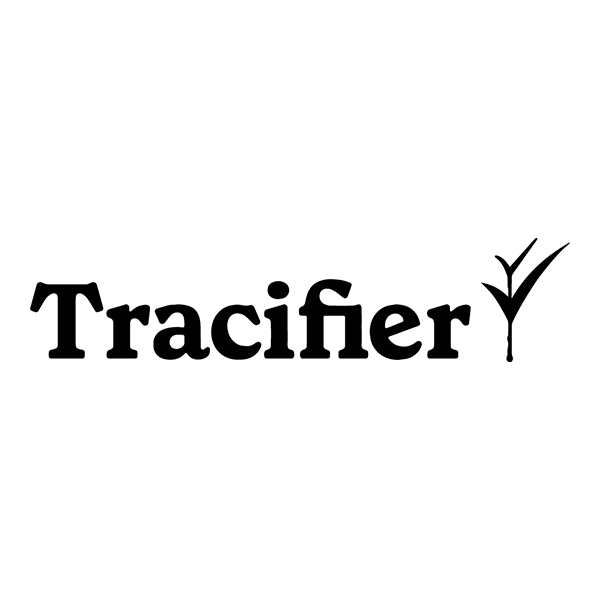
Motivation und Umweltnutzen
One-third of all food produced each year is squandered or spoiled before it can be consumed due to fraud and the slow execution of stakeholders in supply chain processes. This food waste then ends up in landfills– which releases greenhouse gases. And when this is combined with the amount of energy it takes to produce, manufacture, transport and store this food, it contributes a staggering 3 billion tonnes of carbon dioxide to our planet. Our goal at Tracifier is to help to reduce food fraud and waste to save our natural resources from waste SDG 15 , creating a Zero Hunger world by controlling the consumption of resources and reaching the world’s Sustainable Development Goals (SDGs), SDG 2 (End Hunger) and SDG 12 (Ensure sustainable consumption and production patterns).
Das machen wir
Tracifier is building a traceability solution that enables businesses to have a transparent supply chain process in order to reduce fraud in the food market by using blockchain technology.
Technologie und Innovation
Tracifier uses Blockchain technology, IoT,and data analytics to tackle the food fraud and waste in supply chain.
The Internet of Things (IoT) enables physical assets, and value chains as a whole, to be operated significantly more efficiently by reducing waste and minimizing energy use. An example is the use of IoT, and big data to enable efficient food production and delivery for the world’s rapidly growing population within growing resource constraints. Modelling and predicting environmental patterns help build resilience to climate-related impacts. Blockchain enables transparency and traceability in complex supply chains to expose risks of human rights abuses or unsustainable natural capital management.